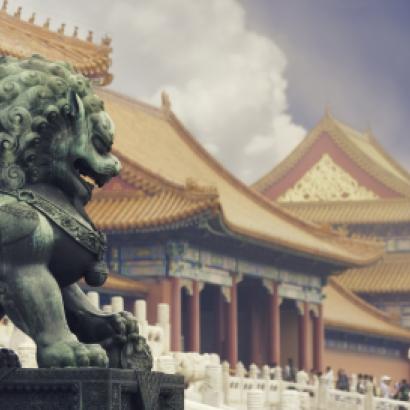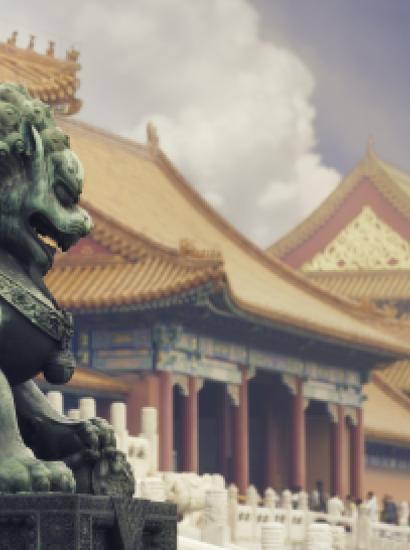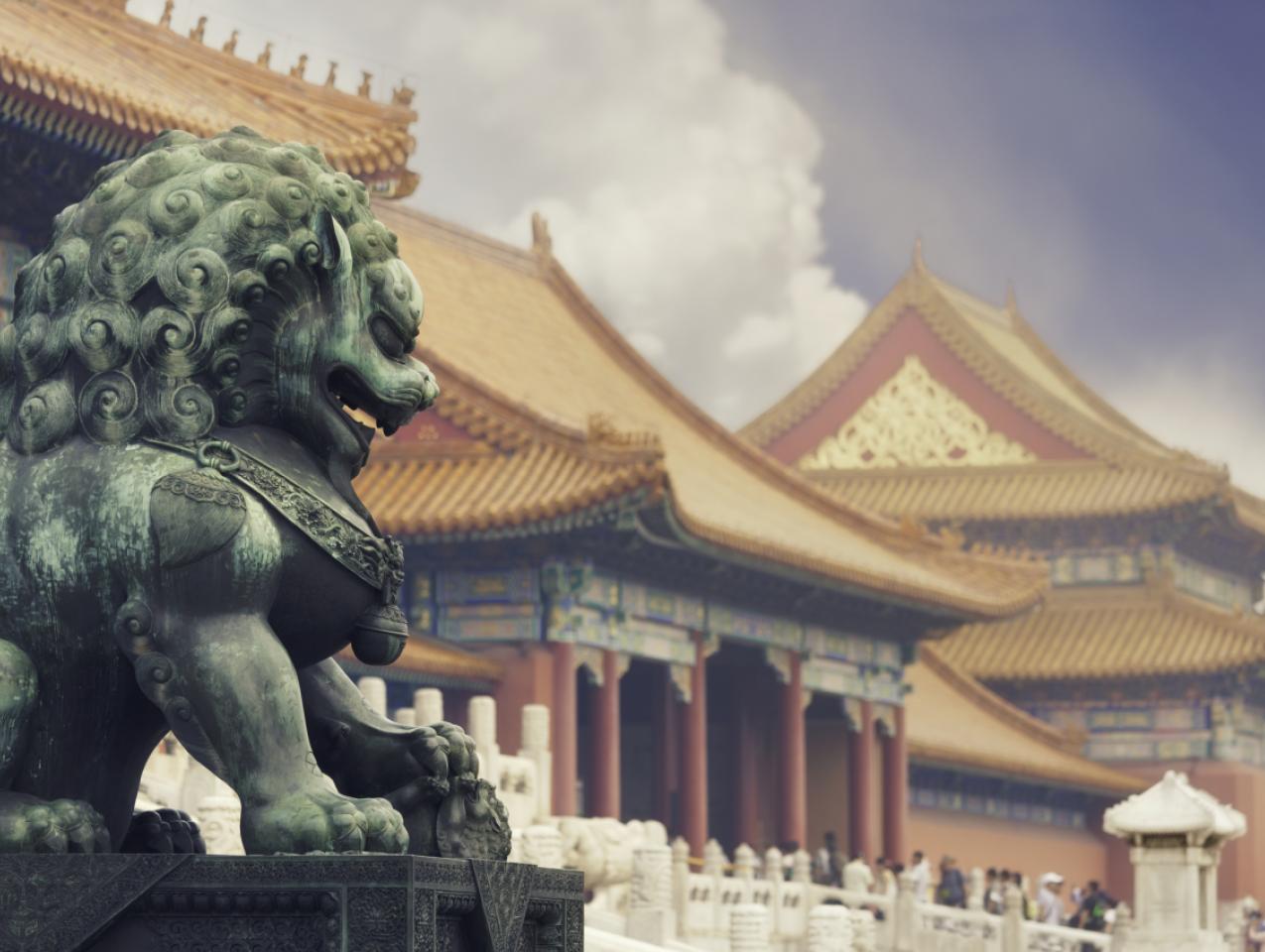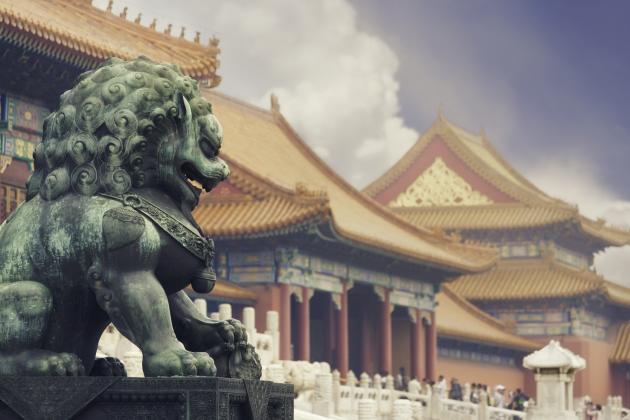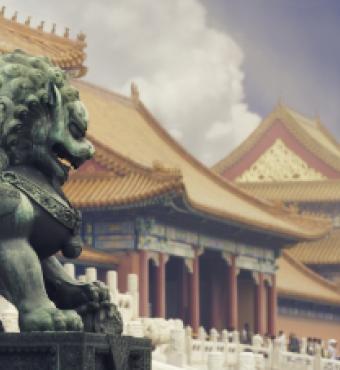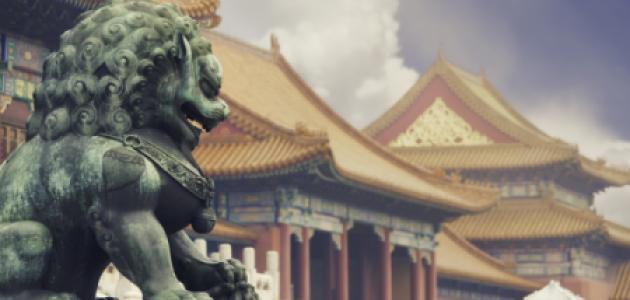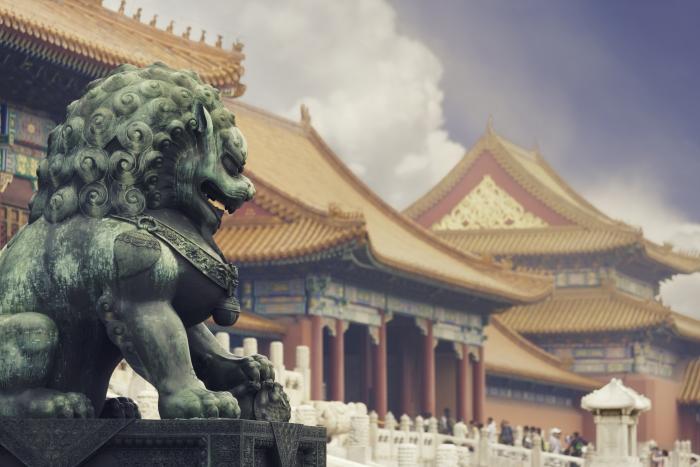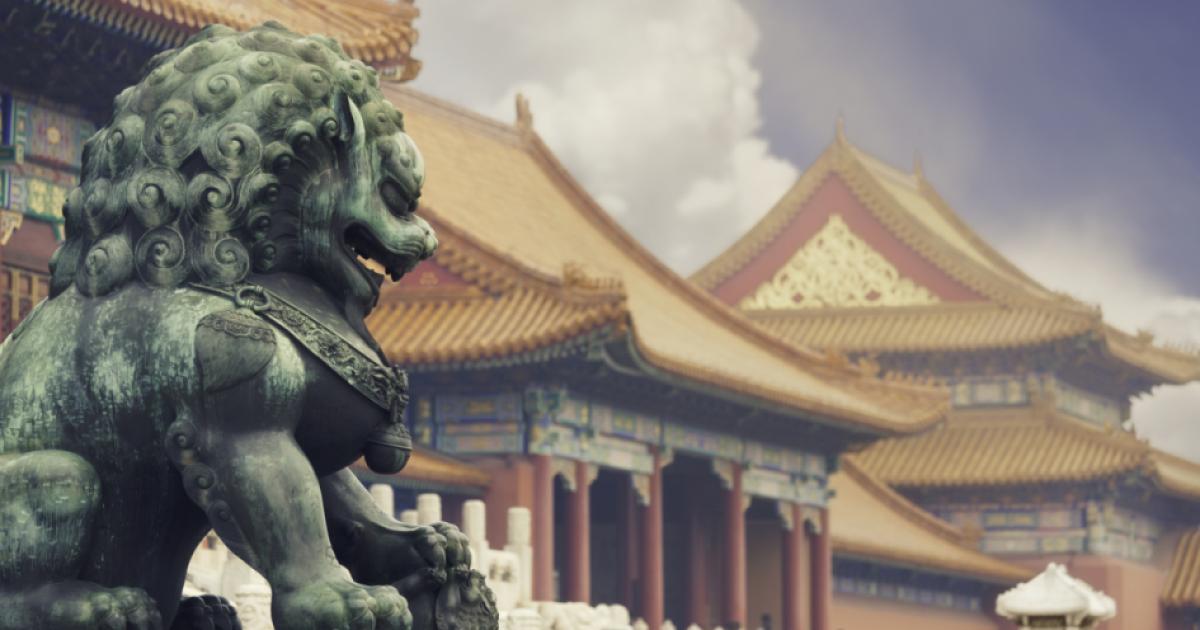From the beginning, the “Pivot to Asia,” announced with some fanfare in late 2011 by President Obama and Secretary of State Clinton, was more about politics than strategy. It provided the appearance of a strategic rationale for the American retreat from the Middle East with its “endless wars,” taking advantage of our new-found “energy independence” to focus instead on the Asia-Pacific with its growing importance for American economic and security interests.1[i]How can a strategy that aims to protect this country’s large and growing interest in the Asian Pacific region, with both its future opportunities and potential threats, and particularly one with a focus on China, say little or nothing about China’s critical and growing dependence on the energy resources of the greater Middle East? Not to mention the even greater dependence of Japan and many of our other friends and allies in the region on that vital energy source?
Yet the Obama administration strategy called “The Pivot” did precisely that. And to a surprising extent so does the Trump administration’s “Indo-Pacific Strategy”, despite some important departures from Obama with respect to China, Iran and Saudi Arabia.
As a strategy, the Pivot suffered from a fundamental flaw, reflected in that phrase “energy independence” still often heard from the Trump administration even though Trump has partially reversed the retreat from the Middle East. The US may have become energy “self-sufficient,” but East Asia most definitely has not. The Middle East, in particular, remains to this day, the indispensable energy source for the economies of both our most formidable competitor in East Asia, China, and our most important ally, Japan, not to mention other important friends and allies in the region. Retreating from the Middle East makes little sense as part of a strategy for protecting American interests in the Asia Pacific.
To be sure, Obama administration officials, including Kurt Campbell, Clinton’s Assistant Secretary for East Asia, considered by many to be the “Architect of the Pivot,” asserts in his book The Pivot, that “no one supporting the Pivot to Asia is advocating a withdrawal from any other part of the world.” But that is not really the main point.2 Of course, the rhetoric about “endless wars” and the actions that accompany it, clearly imply a disengagement if not an outright retreat from the Middle East. But the larger point is that so much strategizing about the East Asia neglects the critical importance of the region’s dependence on the energy resources of the Middle East. The Middle East is treated as though it has little to do with great power competition or rivalry.
In the end, the results of the “Pivot” in East Asia were relatively modest. Cuts in the defense budget prevented any significant shift of DOD resources to maritime forces, as the “rebalancing” suggested would happen.
US membership in the Trans Pacific Partnership (TTP), which would have been the most important result of the new strategy, failed when Senator Harry Reid, the Democratic Majority Leader, refused to bring it to a Senate vote. Subsequently, both presidential candidates promised to withdraw from this strategically important agreement, as Trump promptly did after his inauguration.
That left the pivot with just one modest result in the Asia-Pacific region, the rotational deployment of a relatively small number of Marines to Darwin, Australia. Or two results if you include the initial opening of a new relationship with Myanmar, one aimed at supporting the prospects for democratic change in that country and weaning it away from China. However, Aung San Suu Kyi’s support for the ethnic cleansing of the Rohingya has largely closed that promising opening. And China is stepping into the resulting breach to negotiate a railroad project that may give it land access to a deep sea port in Myanmar, circumventing the narrow straits to the east.
Unfortunately, the pivot away from the Middle East was much more consequential, as seen today with the Russian-Iranian domination of Syria, a growing Russian role in Egypt, and the division of Libya between forces backed by Russia and those backed by Turkey. Surprisingly, we are told by Martin Indyk, a leading Middle East policy-maker in the Clinton administration and still a prominent voice in Middle East policy discussions, that “the Middle East isn’t worth it anymore,” because “the free flow of their oil is no longer a vital [US] interest. . . . China and India need to be protecting the sea lanes between the Gulf and their ports, not the U.S. Navy,” words that must be chilling for decision-makers in Tokyo and Taipei, and probably in New Delhi as well.
Every new US administration seems to make a point of defining its foreign policy, at least to some extent, as a negation of its predecessor’s. In the Middle East, the Trump administration made some initial moves away from Obama’s “Pivot” from the Middle East, and particularly from Obama’s foolish admonition to the Saudis that they need to “learn to share the Persian Gulf with Iran.” Trump’s first overseas trip was to Saudi Arabia, something that no previous president had done. There he spoke forcefully to leaders of 50 Islamic countries, telling them that extremism is a problem that they must deal with themselves, but we would support them in that effort, while emphasizing also that the US would support them in deterring and confronting Iran.
Subsequently, the new National Security Strategy broadened the area of strategic interest, from “East Asia and the Pacific” to the “Indo-Pacific” terminology that usefully highlights the connection between the two regions. The US withdrew from the JCPOA, insisting that what was needed was an agreement that would more strongly curb Iran’s nuclear program, but that would also address Iran’s malign behavior in the region.
In just the second month of the new administration, Trump acted forcefully with a military strike when Syria once again crossed Obama’s wobbly red line by employing chemical weapons against the Syrian Opposition.
However, that forceful action in Syria, which began to reestablish some US credibility in the Middle East was not followed up with a serious strategy. The President’s earlier talk of “safe zones” has been abandoned, along with the Kurdish allies who enabled us to eject ISIS from Raqa’a. And the various contestants in Afghanistan, particularly China and Pakistan, are preparing for the coming US withdrawal from that country.
In his rhetoric, Trump regularly invokes the phrase “endless wars,” as he did most recently in his speech to the graduating class at West Point, as though wars – and their consequences for the US – will end simply by walking away from them. Perhaps he did not realize that he was echoing Neville Chamberlain’s notorious rationalization for abandoning Czechoslovakia with the language his speech writer provided for that same West Point address “It is not the duty of American troops to solve ancient conflicts in faraway lands that many people have never even heard of. In its place, he promised,” a renewed, clear-eyed focus on defending America’s vital interests.”
It’s surprising that East Asia’s dependence on Middle East energy resources seems to warrant such little consideration in the discussions of the US competition with China. Kurt Campbell himself, one of the more broadly thoughtful of Obama administration Asia policy-makers, includes in his book a useful reminder of how the US oil embargo forced Japan in 1941 to choose between abandoning its imperial ambitions in China and former French Indochina, or going to war to seize the oil resources of the Dutch East Indies.3 (Of course, China owes its independence today to the disastrous mistake that Japan made when President Roosevelt confronted them with that fateful choice.)
Reflecting on that history, it would be only natural for PRC strategic planners to regard the currently dominant American role in the Persian Gulf as a potential obstacle to their wider ambitions, both in the Indo-Pacific region and globally as well. But instead of repeating the suicidal hubris of the Japanese high command, they are more likely to recall the oft-quoted dictum of Sun Tzu, the iconic 6th century Chinese strategist that “the acme of skill is to win without fighting.”4 They would marvel at their good luck that the Americans had become so weary of Middle Eastern entanglements that they were retreating from their dominant position at the source of East Asia’s vital energy supplies, focusing instead on challenging China over some small islands in the East and South China seas.
As surprising as the apparent neglect by American strategists of Asia’s energy dependence is the relative lack of awareness of the debate that was launched among Chinese strategists by the US “Pivot.” Almost exactly one year after Secretary Clinton’s Foreign Policy article, Wang Jisi, the dean of the School of International Studies at Peking University, proposed a Chinese pivot in the opposite direction in an article in Global Times called “Marching Westwards”: The Rebalancing of China’s Geostrategy. Curiously, Wang’s October 2012 article and the debate which followed it in China attracted relatively little attention from English language scholars or commentators. It is not even mentioned in Campbell’s 400-page book entitled, The Pivot, published four years later.
One scholar who did notice it was Yun Sun, then at the Brookings Institution, who called Wang “one of China’s most important strategic thinkers.” Yun summarized the logic of “Marching West” as a way to avoid the potential “zero-sum” competition in East Asia as the US rebalances to the east. Wang sees no such risks in the region to China’s west, where, as Yun quotes him, “the two super-powers even share common interests,” including stability in Afghanistan and Iraq, and securing a constant flow of oil. Marching West would also offer Beijing additional strategic leverage with Washington, which Wang believes "is desperate for China’s assistance in stabilizing Afghanistan and Pakistan." Perhaps it is because of this seemingly benign goal of avoiding zero-sum conflicts that Wang’s article drew relatively little notice in discussions of US rebalancing. “By returning to its roots as a continental power,” Yun wrote, “China might avoid further confrontation with the United States in East Asia.” But whether intentionally or not, she casts a shadow over that hopeful expectation, by quoting Mao Zedong’s famous military dictum: "Where the enemy advances, we retreat. Where the enemy retreats, we pursue."
The most useful discussion of the Chinese strategic debate that I have seen, is in an unpublished 2013 report by three Hudson Institute scholars, Eric Brown, Charles Horner and Lianchao Han.
They not only capture the significance of the Wang Jisi paper and what most observers seemed to miss about the Chinese reaction to the “Pivot,” but they situate it in a debate going back to the beginning of this century between advocates of sea power who placed priority on establishing dominance over China’s maritime domain, and land power advocates who emphasized the importance of China’s western regions and the newly independent republics of central Asia.
Tellingly, Wang concludes his paper by saying that “China does not need to limit itself to ‘first becoming an Asia-Pacific power, then becoming a global power.’ . . . China needs to engage in ‘new thinking’ about geostrategic ‘rebalancing,’ without causing clashes between China’s land and sea power.”
During the Cold War, it was sometimes disparagingly said that “the Americans were playing checkers while the Soviets were playing chess. If the Chinese visualize strategy as any kind of board game, it is more likely to be the traditional Chinese game of wei qi, or “Go” as it is often called using its Japanese name. The goal in wei qi is not outright annihilation of the opponent, as in checkers or the capture of the principal piece, as in chess. Instead, the players place stones on the board, hoping to encircle the other player’s pieces. Wei qi translates as “a game of surrounding pieces.”5[v]One key to victory in wei qi is “deceiving your opponent about your own real direction and intentions and getting the opponent to open up new positions, while deceptively encircling him, hoping the opponent will not notice your true strategy.”6[vi]A cynic might say that China’s aggressive expansion in the South China Sea is exactly what to expect in such a game, drawing US attention to an area whose energy production is still negligible, although its future potential may be great, in a location where China has advantages of proximity, and which is very far from any US support facilities. In the meantime, China is building its “string of pearls “across the Indian Ocean, with its construction of port facilities in Pakistan, Sri Lanka, Djibouti and potentially Papua New Guinea and most recently with negotiations to acquire some kind of port access in Myanmar.
Some naïve or wishful Westerners seem to want to dismiss that activity as purely commercial ventures, or to view it as part of a Chinese “Marshall Plan” aimed at buying goodwill among developing nations of the region. This ignores the fact that it is also building the infrastructure that the PLA Navy will need to support its “blue water fleet” as that arm of China’s military begins to develop skill in the operations that Xi Jinping will need to extend his military capabilities westward into regions that the earlier Emperors could only dream of.
It may be that the countries that Xi considers responsible for China’s “150 years of humiliation,” will wake up one day to discover that the Persian/Arabian Gulf, once secure under an umbrella of American protection, has become something else entirely.
Paul Wolfowitz, a former Assistant Secretary of State for East Asia, Ambassador to Indonesia, and Deputy Secretary of Defense, is a visiting scholar at the American Enterprise Institute (AEI) where he works on national security issues.








